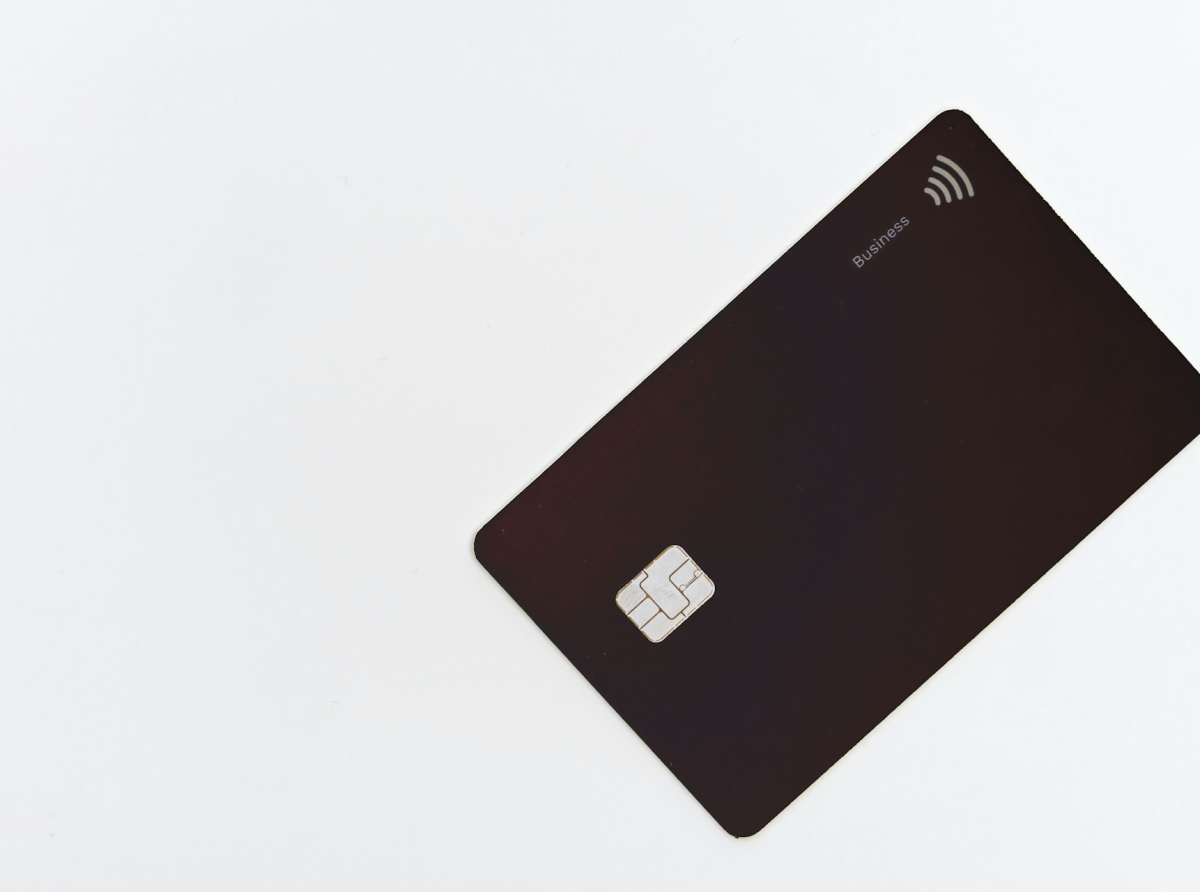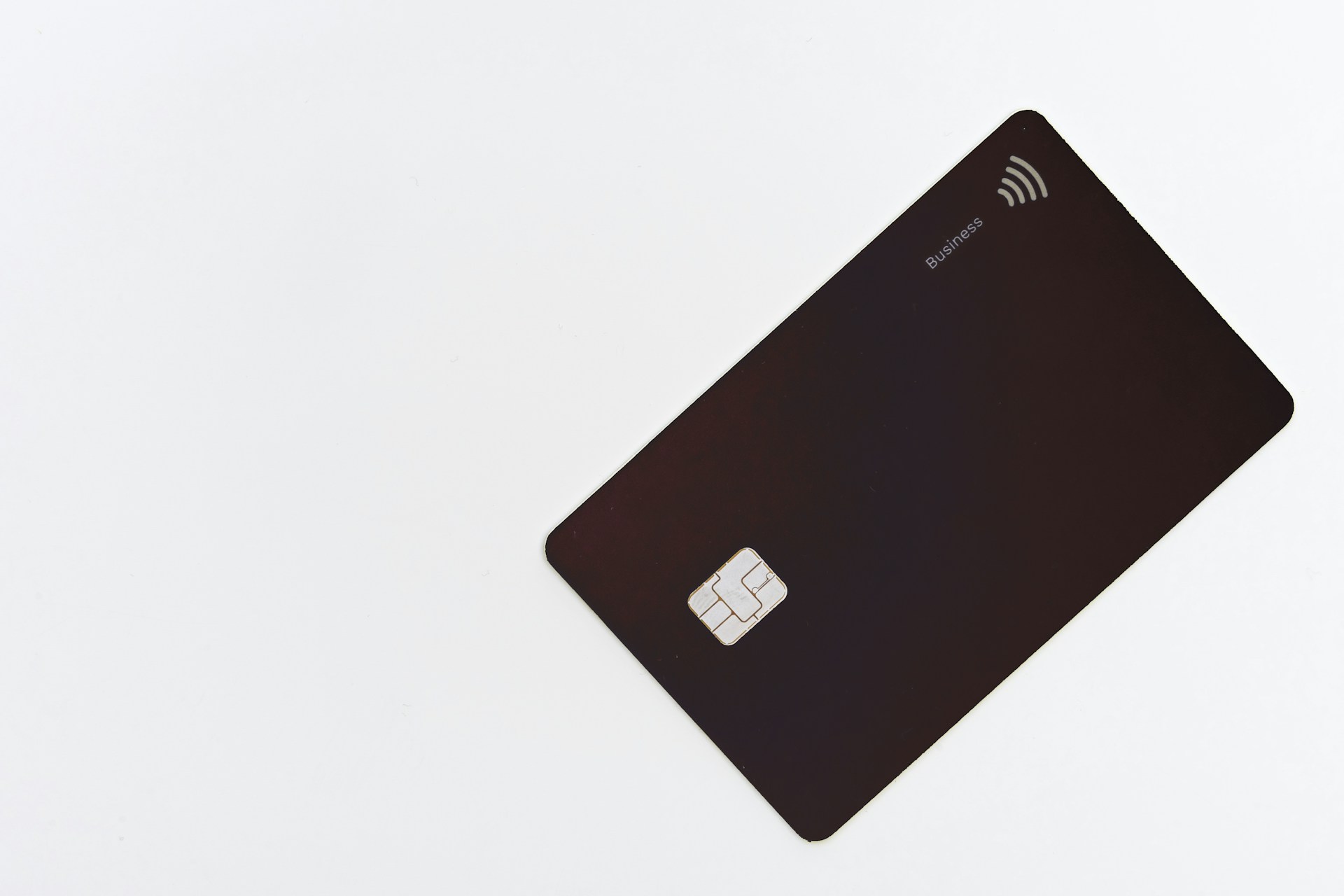USDC-Powered Cross-Border Payments: A Potential Rival to Visa and Mastercard

USDC-Powered Cross-Border Payments: A Potential Rival to Visa and Mastercard
The landscape of global payments is on the verge of a seismic shift as Circle, the issuer of the USDC stablecoin, prepares to launch a new payment network designed to facilitate cross-border transactions.
According to Coindesk, this initiative positions itself as a potential competitor to traditional payment giants like Visa and Mastercard.
The move underscores the growing influence of stablecoins in reshaping how money moves across borders, blending blockchain technology with mainstream financial systems.
According to Coindesk, this initiative positions itself as a potential competitor to traditional payment giants like Visa and Mastercard.
The move underscores the growing influence of stablecoins in reshaping how money moves across borders, blending blockchain technology with mainstream financial systems.

USDC-Powered Cross-Border Payments: A Potential Rival to Visa and Mastercard
Circle’s Bold Move into Payment Networks
Circle, the company behind USD Coin (USDC), has announced plans to introduce a groundbreaking payment network aimed at revolutionizing cross-border payments. The official unveiling will take place on April 22 at Circle’s headquarters on the 87th floor of the World Trade Center in New York City. At the event, Circle’s CEO Jeremy Allaire is expected to outline the company’s vision for leveraging stablecoins as a transformative force in the payments industry.This development comes amid increasing regulatory clarity and support for stablecoins in the United States.
Shortly after President Donald Trump took office earlier this year, he signed an executive order titled “Strengthening U.S. Leadership in Digital Finance.” The directive emphasizes fostering the growth of legitimate dollar-backed stablecoins, signaling a favorable environment for innovations like USDC. With this regulatory tailwind, Circle’s new payment network could gain significant traction.
Why Stablecoins Are Gaining Ground
Stablecoins like USDC and USDT have emerged as pivotal players in the cryptocurrency ecosystem. As of late April, Tether’s USDT and Circle’s USDC hold the top two spots in stablecoin market capitalization, with 144billionand60 billion, respectively. These digital assets are pegged to the U.S. dollar, offering stability and utility that appeal to both retail users and institutional participants.Unlike volatile cryptocurrencies such as Bitcoin or Ethereum, stablecoins provide a reliable medium of exchange, making them ideal for everyday transactions and cross-border transfers. Their adoption has surged by over 50% in just one year, according to a report by Artemis and Dune titled The State of Stablecoins 2025: Supply, Adoption & Market Trends . The report highlights that stablecoins now serve as a critical bridge between traditional finance and the crypto economy, enabling seamless interactions between fiat and digital currencies.
How Circle’s Payment Network Works
Circle’s upcoming payment network aims to streamline cross-border transactions using USDC as its backbone. Unlike traditional systems like SWIFT, which are often slow and costly, blockchain-based solutions offer near-instantaneous settlements at a fraction of the cost. Here’s how Circle’s network stands out:1. Speed and Efficiency
Transactions on the network can be completed within seconds, regardless of geographic boundaries. This contrasts sharply with conventional methods, where international transfers may take days.
2. Cost-Effectiveness
By eliminating intermediaries and leveraging blockchain technology, Circle’s system reduces transaction fees significantly. This makes it particularly attractive for remittances and high-volume corporate payments.
3. Accessibility
The network is designed to cater to a wide range of stakeholders, including banks, fintech companies, payment service providers, and remittance operators. By integrating USDC into existing financial infrastructures, Circle seeks to democratize access to efficient payment solutions.
4. Scalability
As a blockchain-based platform, the network can handle large volumes of transactions without compromising performance—a key advantage over legacy systems.
Challenging Visa and Mastercard
Industry insiders suggest that Circle’s ambitions extend beyond merely facilitating cross-border payments. The company envisions its payment network as a direct competitor to established players like Visa and Mastercard. While these incumbents dominate the global payments space, they face mounting pressure from blockchain-based alternatives that promise faster, cheaper, and more transparent services.Circle’s strategy hinges on positioning USDC as a universal settlement layer for digital payments. By doing so, it eliminates many of the inefficiencies associated with traditional card networks, such as currency conversion fees and prolonged processing times. Moreover, the programmability of smart contracts allows for innovative use cases, such as conditional payments and automated compliance checks, further enhancing the network’s appeal.
Regulatory Support Fuels Growth
The Biden administration’s proactive stance on regulating and promoting stablecoins has created fertile ground for initiatives like Circle’s payment network. The aforementioned executive order not only legitimizes stablecoins but also encourages their integration into the broader financial ecosystem. This regulatory clarity is likely to attract more participants—both individuals and institutions—to adopt USDC-powered solutions.However, challenges remain. Regulatory frameworks vary widely across jurisdictions, and some regions view dollar-backed stablecoins with skepticism. For instance, European regulators have expressed concerns about the potential impact of stablecoins on monetary sovereignty and financial stability. They argue that widespread adoption of dollar-denominated tokens could lead to capital flight from local banking systems, undermining national economies.
Despite these concerns, the benefits of stablecoin-based payments—speed, cost savings, and inclusivity—are hard to ignore. As governments and central banks explore their own digital currencies (CBDCs), private-sector solutions like USDC could play a complementary role in shaping the future of money.
Implications for the Future of Payments
Circle’s entry into the payment network arena marks a significant milestone in the evolution of digital finance. By leveraging USDC, the company is bridging the gap between decentralized technologies and real-world applications. This convergence has far-reaching implications:1. Disruption of Legacy Systems
Traditional payment networks may struggle to compete with the speed, efficiency, and transparency offered by blockchain-based alternatives.
2. Financial Inclusion
Cross-border payment systems powered by stablecoins can empower underserved populations, providing them with affordable access to global markets.
3. Enhanced Liquidity
Stablecoins act as a conduit between fiat and crypto ecosystems, improving liquidity and enabling interoperability across different asset classes.
4. Innovation in Fintech
The programmable nature of stablecoins opens up new possibilities for innovation, from decentralized finance (DeFi) applications to automated supply chain financing.
Conclusion: A New Era of Payments
Circle’s launch of a USDC-powered payment network represents a bold step toward redefining the global payments landscape. By challenging entrenched players like Visa and Mastercard, the company is betting on the transformative potential of blockchain technology to create a more equitable and efficient financial system.While hurdles remain—notably regulatory scrutiny and resistance from traditional institutions—the momentum behind stablecoins continues to build. As adoption grows and technological advancements unfold, the distinction between crypto and conventional finance will blur further.
In this evolving narrative, Circle’s initiative serves as a harbinger of what lies ahead: a world where digital currencies seamlessly integrate into everyday life, unlocking unprecedented opportunities for businesses and consumers alike.














Report
My comments